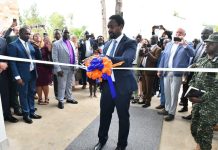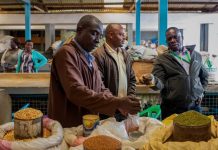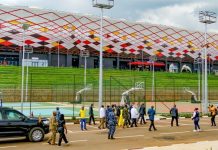Africa-Press – Uganda. It is now almost a year since the coronavirus pandemic forced a lock-down upon us all, disrupting lives and livelihoods. Amid all the other hardships, more than 15 million children in Uganda have had to face an unsettled learning and development environment. And with schools only expected to open gradually, many children still face months of home learning.
As we reflect on the past year, what have we learnt? The opportunity to promote equality in education and learning must be realised.
Questions about how to support home learning and deal with the inequality of the ‘digital divide’ have become daily conversations. Government and non-government actors have had to collaborate to develop teaching materials, radio lessons and other ICT enabled solutions.
Early indications suggest that the responses by government and civil society organisations have been laudable.
A study in progress by the Norwegian Refugee Council in refugee settlements indicates that home learning packs developed by the National Curriculum Development Centre (NCDC) reached 96 per cent of homes, and 84 per cent of children were engaging with these materials.
Radio was the second most used method with examples where organisations like the Aga Khan Development Network’s Madrasa Early Childhood Programme partnered with NCDC to create content.
Other institutions, like Save the Children, supported the set-up of community radio broadcasts. Equally impressive was seeing how children and families within our communities established small learning groups while our teachers strived to provide support where they could. This feat of bringing learning support to so many in such a short time must be celebrated.
However, the experience of the past year reminds us that securing equity in learning remains a challenge.
A recent study indicates that while learning levels remained stable for higher classes and higher-level learners, there were learning relapses in lower classes and lower-level learners.
There was also evidence that girls were disadvantaged due to time being consumed by familial chores and responsibilities. This exposes how the inequity of learning persisted, even exacerbated, during school closures.
That said, nearly 70 per cent of children appear to want some form of home learning to continue even after schools open. This goes beyond the notion of homework toward a concept of learning between home and school.
This creates space for thinking about a more ‘hybrid’ approach which might be an option our children prefer.
It offers the possibility of reducing pressure on our school infrastructure and providing children with quality teacher time when in class, not merely access to overcrowded classrooms.
The Ministry of Education and Sports is committed to a back-to-school campaign to elevate the importance of every boy and girl returning to school.
The NCDC, with support of the Aga Khan Foundation, have also developed back-to-school support materials to provide concrete ways to make this happen.
The past year has demonstrated the huge capacity of Ugandans to respond to crisis. Government, civil society, communities, parents and children have worked together to achieve a common goal. Our challenge now is to draw the lessons from this effort and think about new ways of providing education beyond the school compound.
Our ambition must be to look beyond equal access if we are to achieve equitable learning for all Ugandan children.
Mr Amin Mawji OBE, Diplomatic Representative of the Aga Khan Development Network in Kampala.






